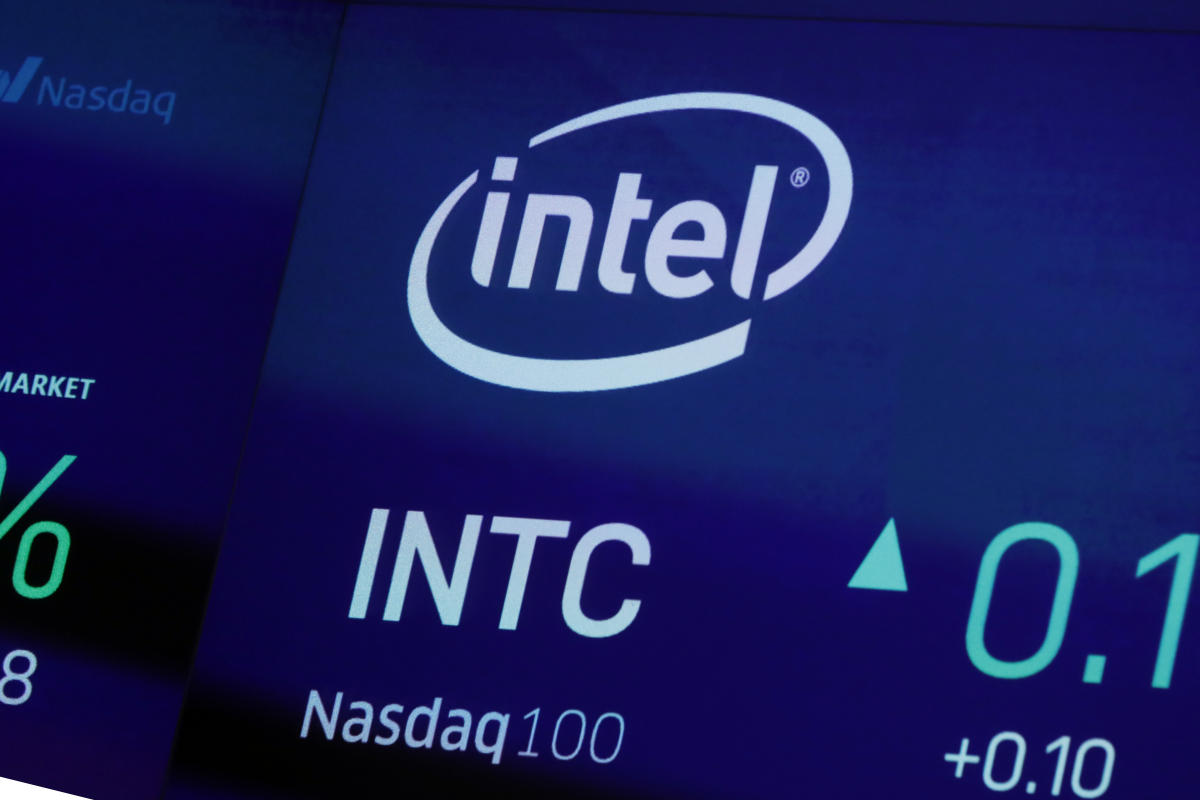
Chipmaker Intel Corp. is cutting 15% of its massive workforce — about 15,000 jobs — as it tries to turn its business around to compete with more successful rivals like Nvidia and AMD.
In a memo to staff, Intel CEO Pat Gelsinger said Thursday the company plans to save $10 billion in 2025. “Simply put, we must align our cost structure with our new operating model and fundamentally change the way we operate,” he wrote in the memo published to Intel’s website. “Our revenues have not grown as expected – and we’ve yet to fully benefit from powerful trends, like AI. Our costs are too high, our margins are too low.”
The job cuts come in the heels of a disappointing quarter and forecast for the iconic chip maker founded in 1968 at the start of the PC revolution.
Next week, Gelsinger wrote, Intel will announce an “enhanced retirement offering” for eligible employees and offer an application program for voluntary departures. Intel had 124,800 employees as of the end of 2023 according to a regulatory filing.
“These decisions have challenged me to my core, and this is the hardest thing I’ve done in my career,” he said. The bulk of the layoffs are expected to be completed this year.
The Santa Clara, California-based company is also suspending its stock dividend as part of a broader plan to cut costs.
Intel reported a loss for its second quarter along with a small revenue decline, and it forecast third-quarter revenues below Wall Street’s expectations.
The company posted a loss of $1.6 billion, or 38 cents per share, in the April-June period. That’s down from a profit of $1.5 billion, or 35 cents per share, a year earlier. Adjusted earnings excluding special items were 2 cents per share.
Revenue slid 1% to $12.8 billion from $12.9 billion.
Analysts, on average, were expecting earnings of 10 cents per share on revenue of $12.9 billion, according to a poll by FactSet.
“Intel’s announcement of a significant cost-cutting plan including layoffs may bolster its near-term financials, but this move alone is insufficient to redefine its position in the evolving chip market,” said eMarketer analyst Jacob Bourne. “The company faces a critical juncture as it leverages U.S. investment in domestic manufacturing and the surging global demand for AI chips to establish itself in chip fabrication.”
Helped by Gelsinger’s lobbying efforts, Intel has been a major beneficiary of the 2022 CHIPS and Science Act, which the Biden administration helped shepherd through Congress at a time of concerns after the pandemic that the loss of access to chips made in Asia could plunge the U.S. economy into recession.
In March, President Joe Biden celebrated an agreement to provide Intel with up to $8.5 billion in direct funding and $11 billion in loans for computer chip plants around the country, talking up the investment in the political battleground state of Arizona and calling it a way of “bringing the future back to America.” At the time, Gelsinger called the CHIPS Act “the most critical industrial policy legislation since World War II.”
In September 2022, Biden praised Intel as a job creator with its plans to open a new plant near Columbus, Ohio. The president praised them for plans to “build a workforce of the future” for the $20 billion project, which he said would generate 7,000 construction jobs and 3,000 full-time jobs set to pay an average of $135,000 a year.
Shares plunged more than 20% to $23.82 in after-hours trading, indicating that Intel could lose roughly $24 billion of its market value when the stock market opens Friday.
—
Associated Press Writer Josh Boak contributed from Washington.
EMEA Tribune is not involved in this news article, it is taken from our partners and or from the News Agencies. Copyright and Credit go to the News Agencies, email news@emeatribune.com Follow our WhatsApp verified Channel





